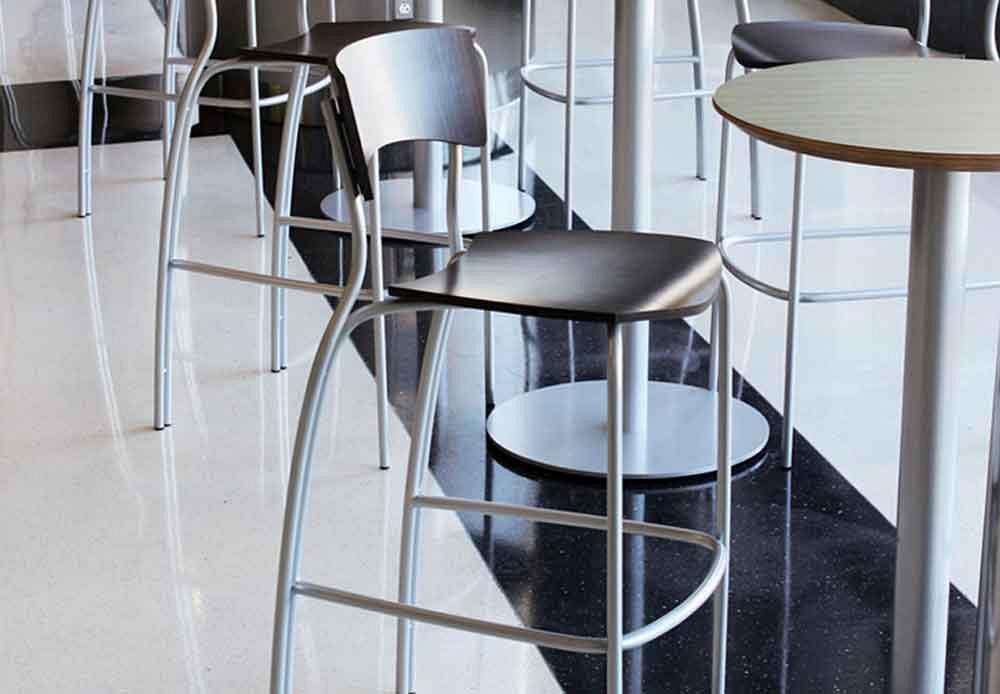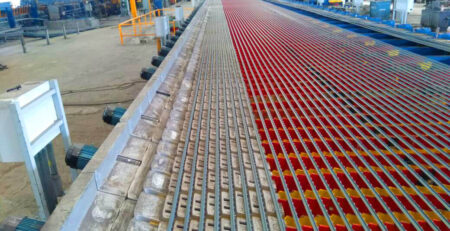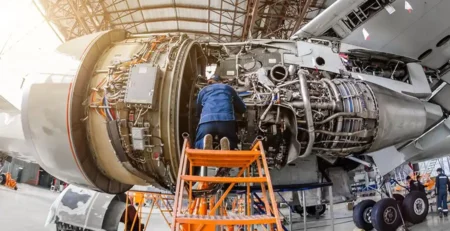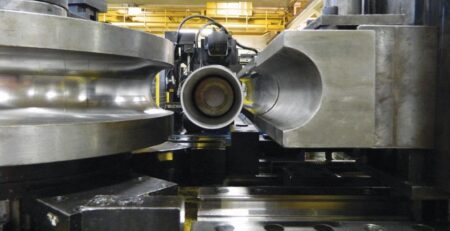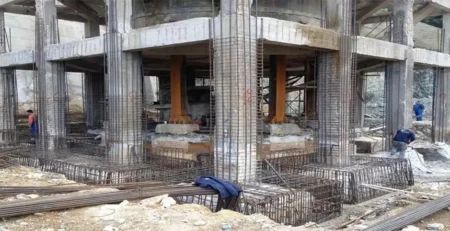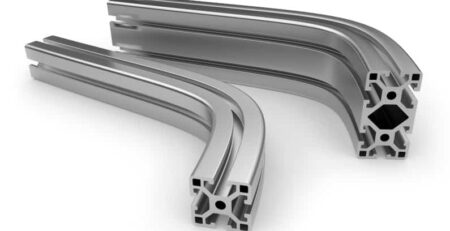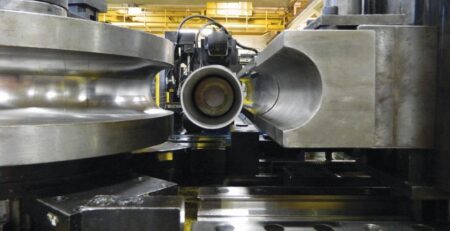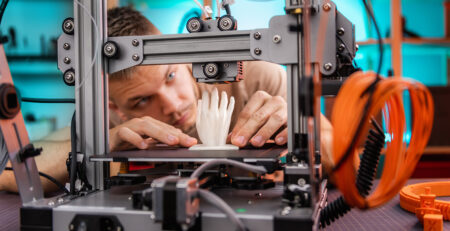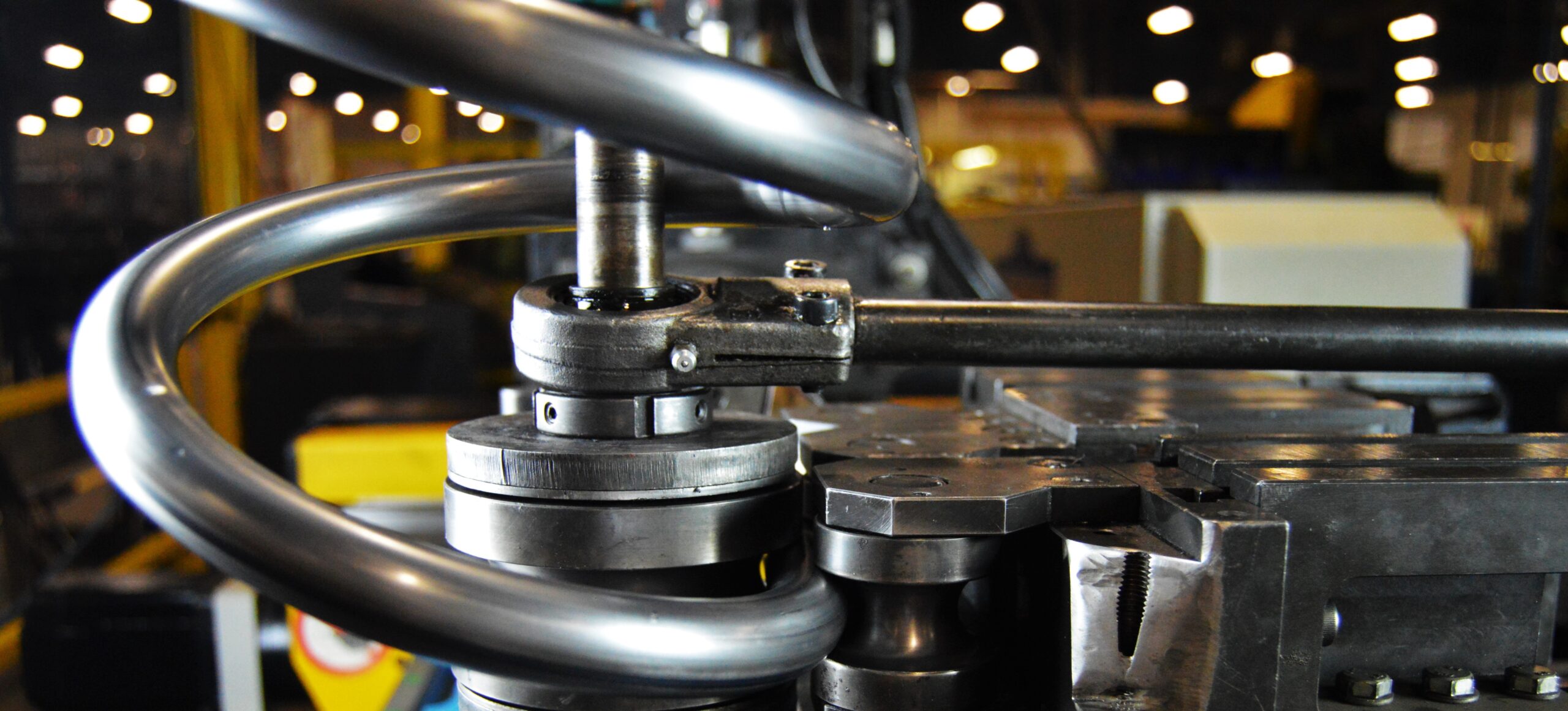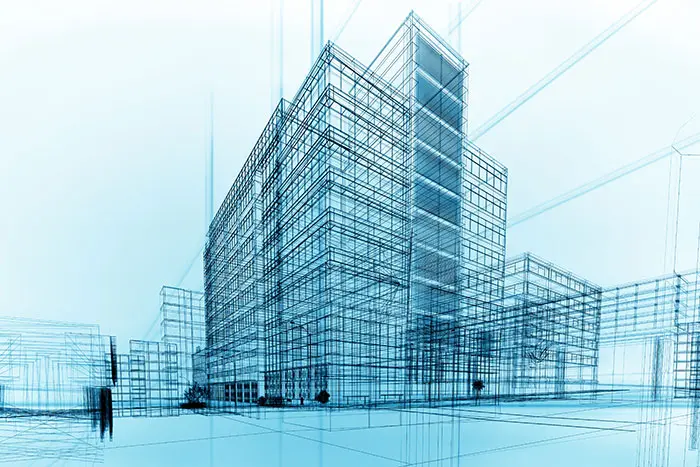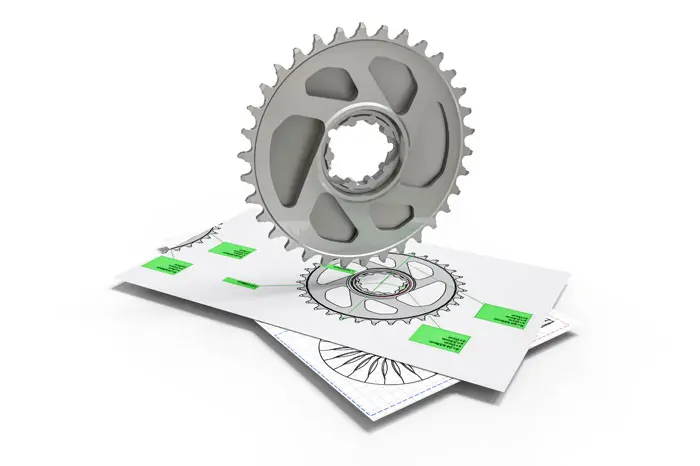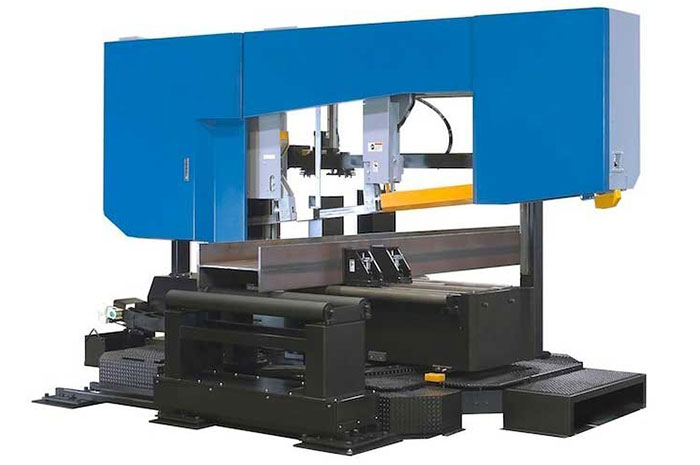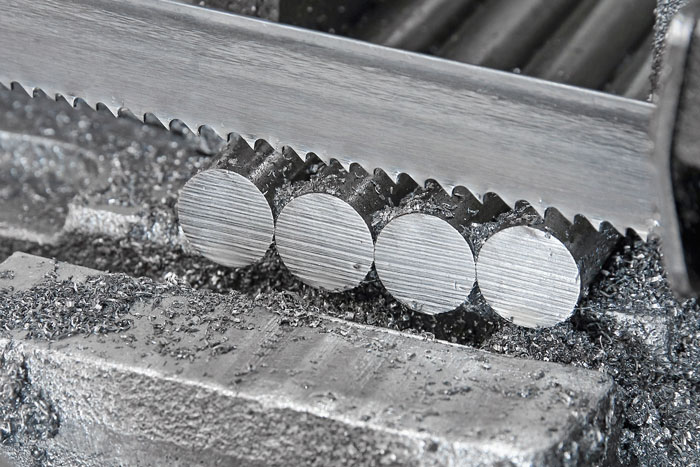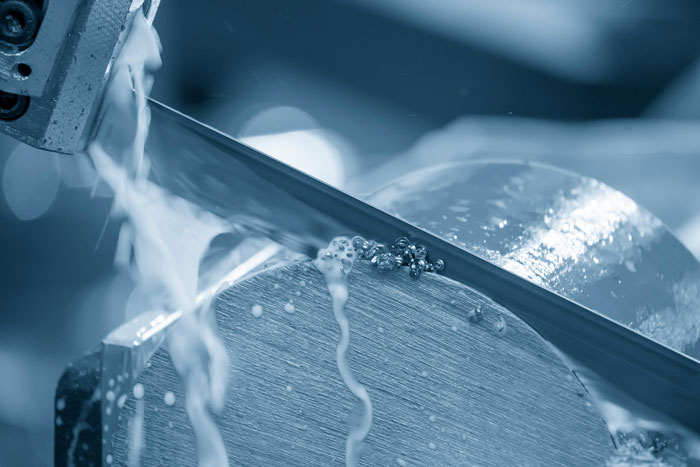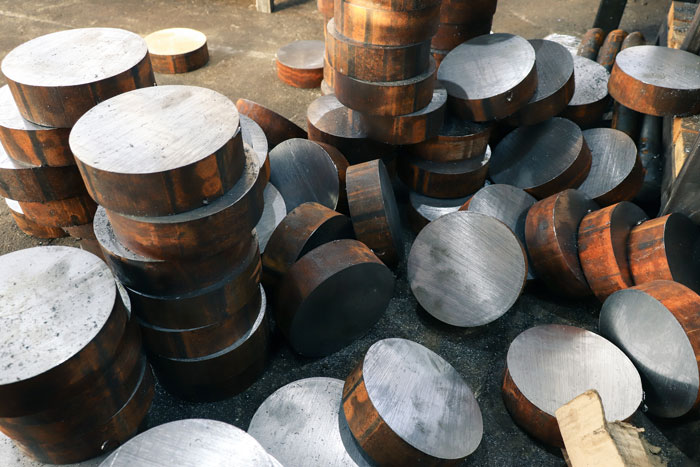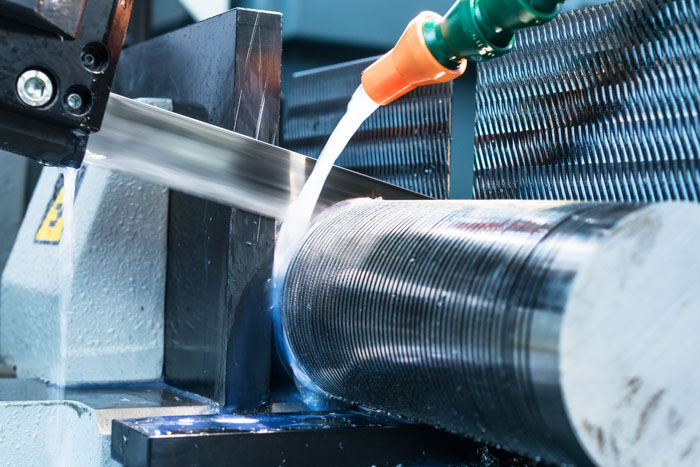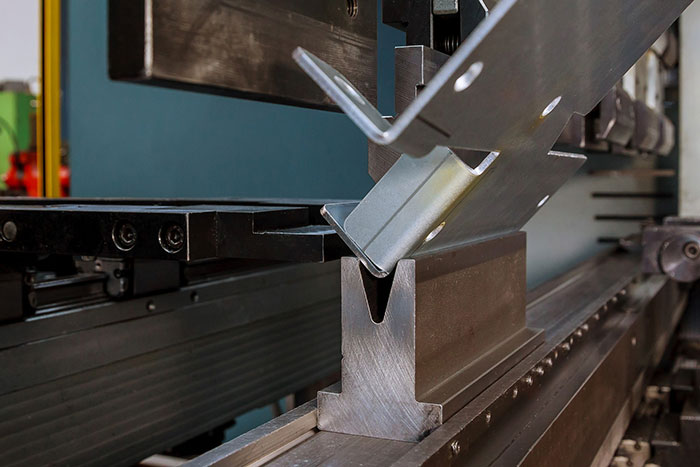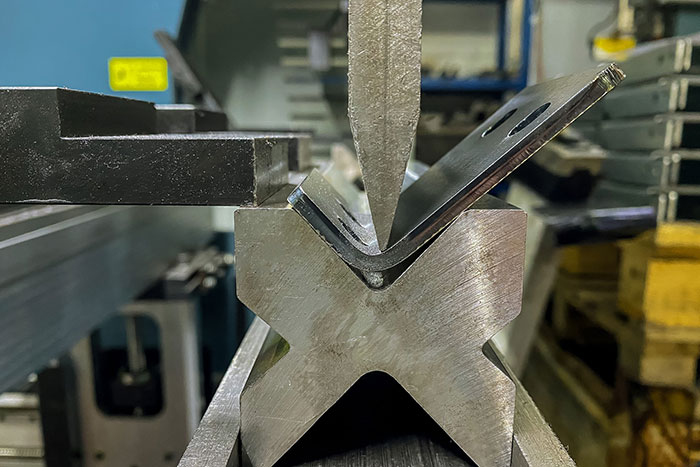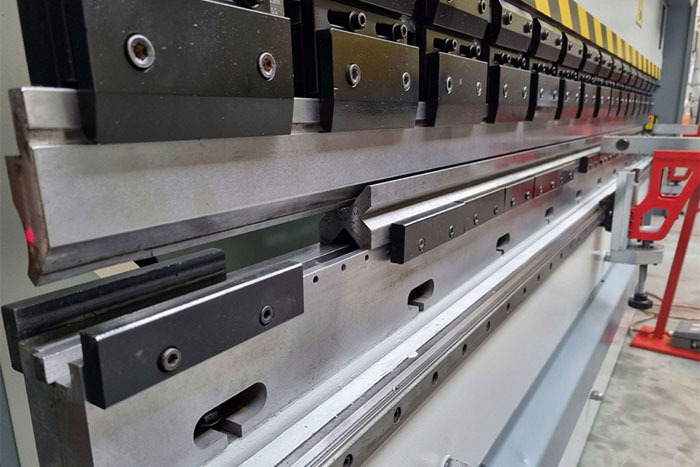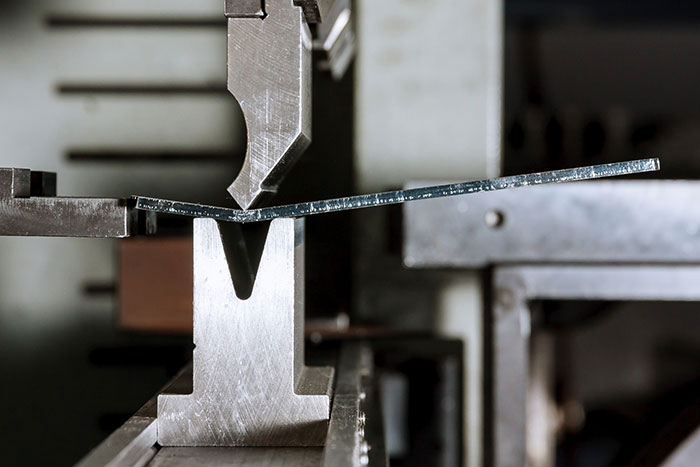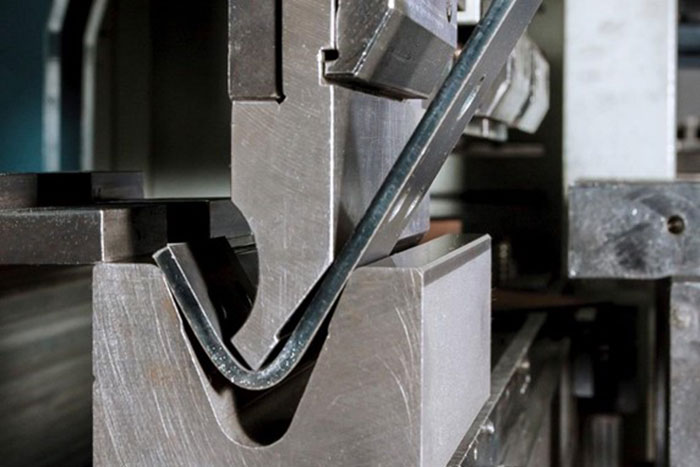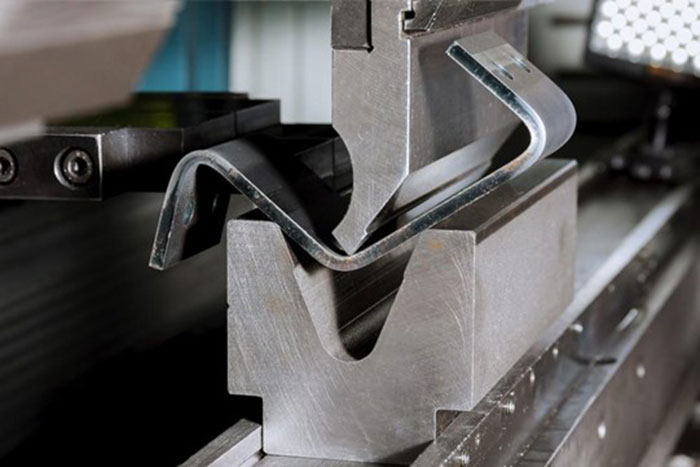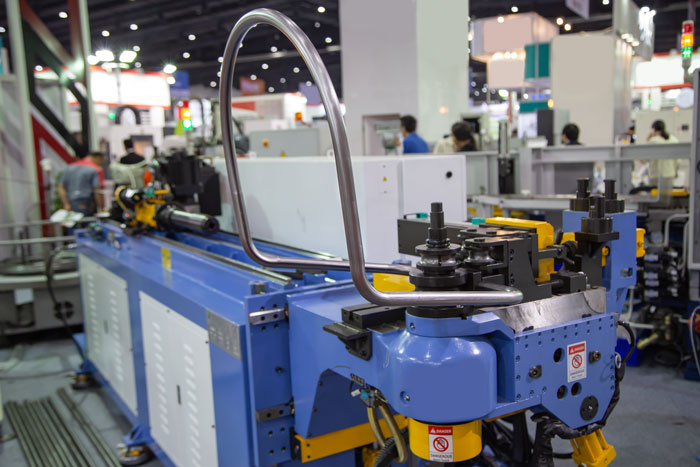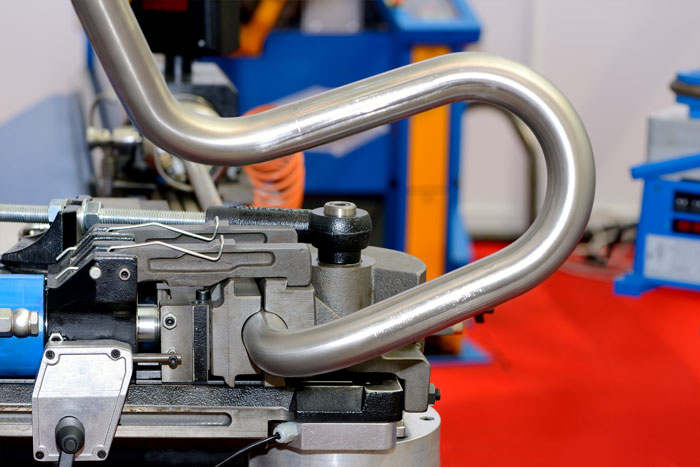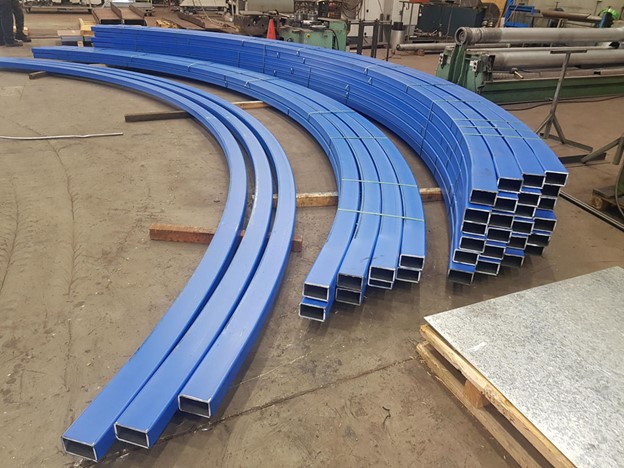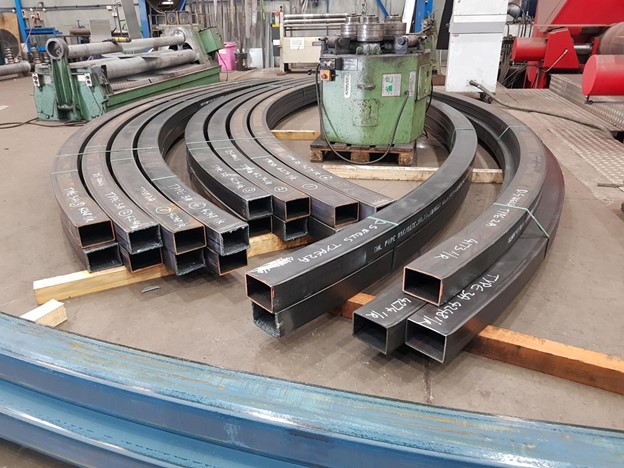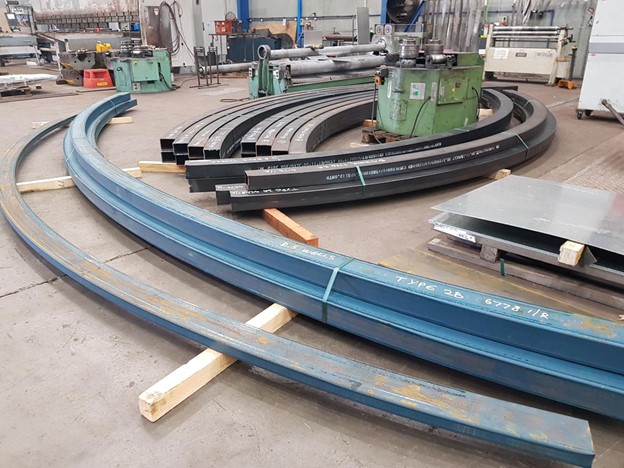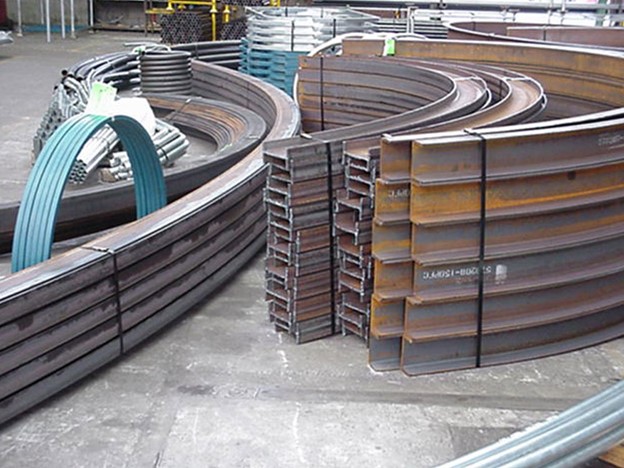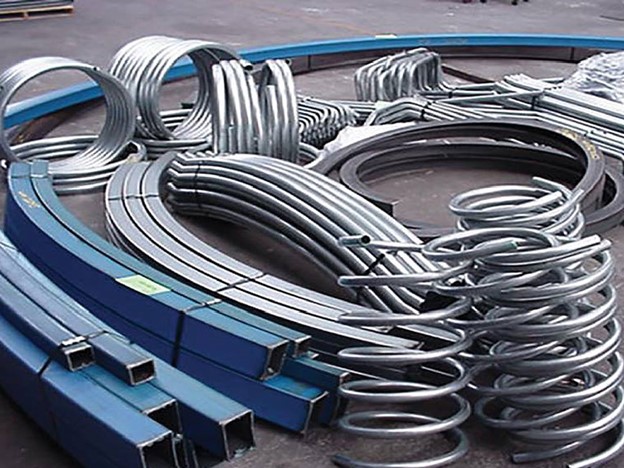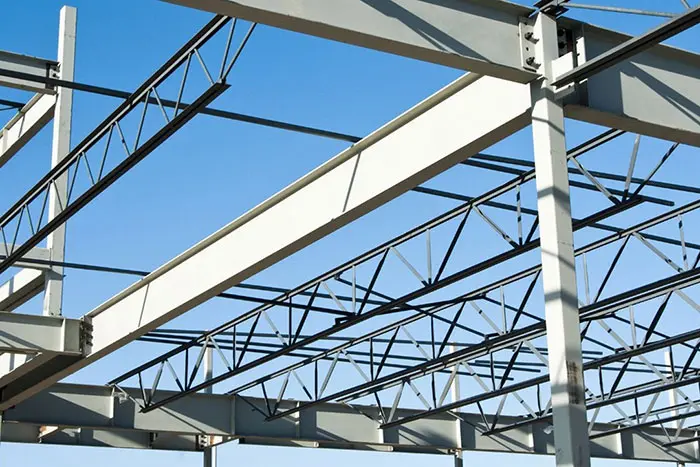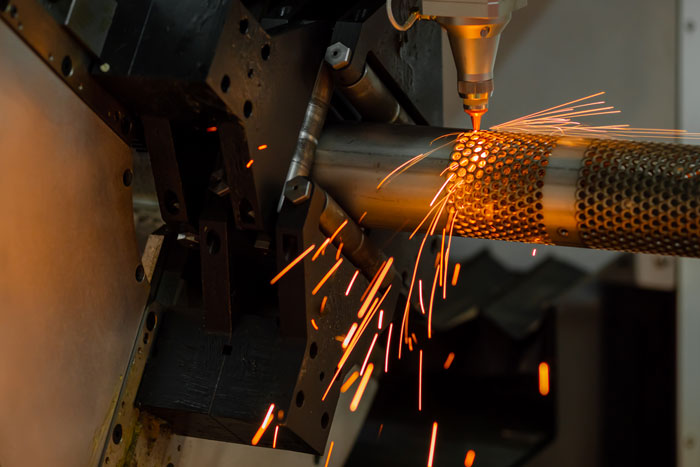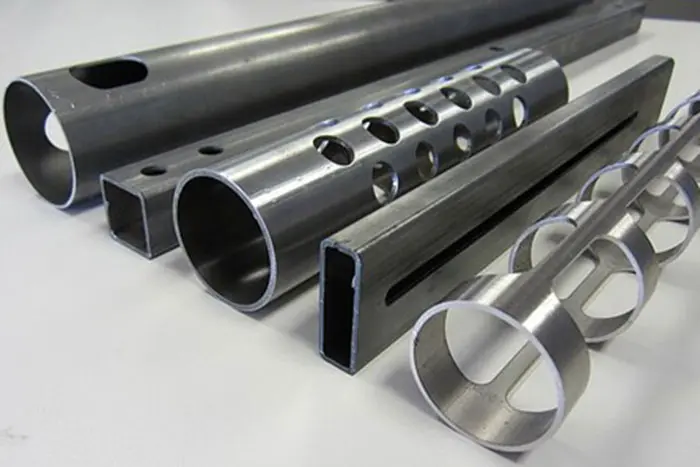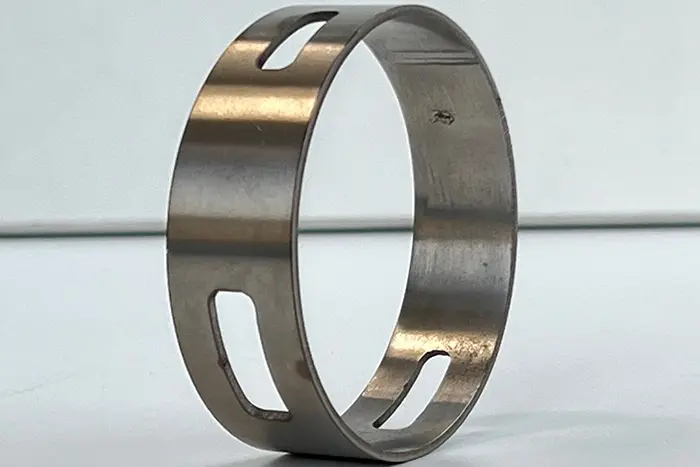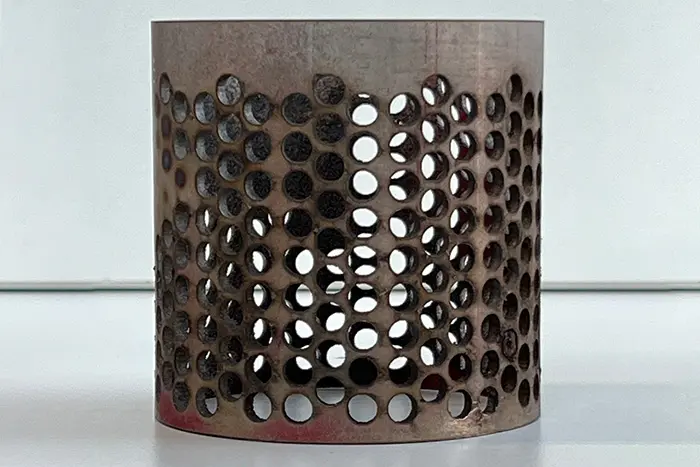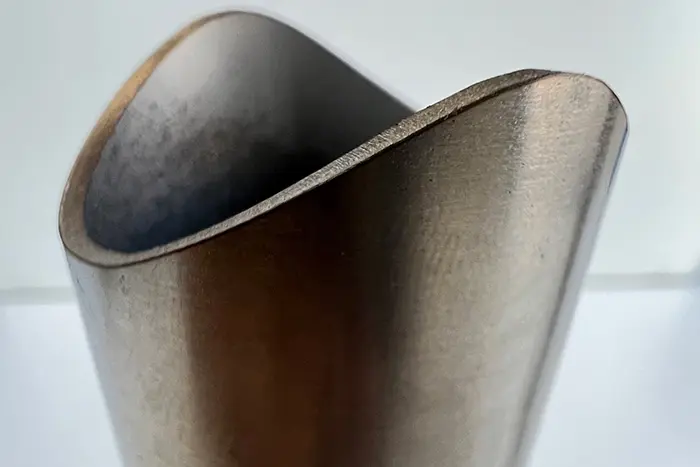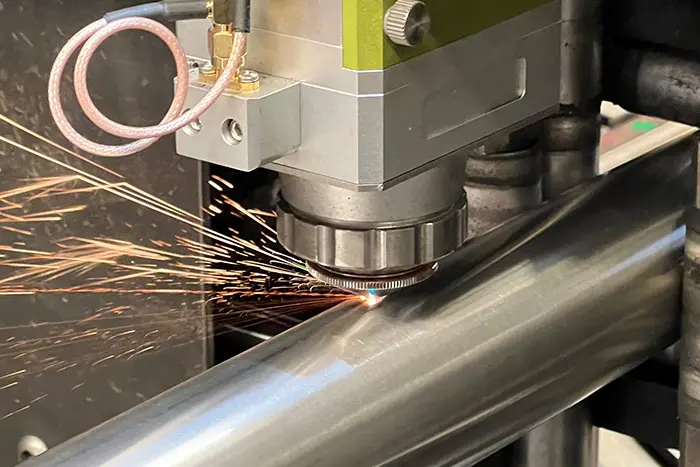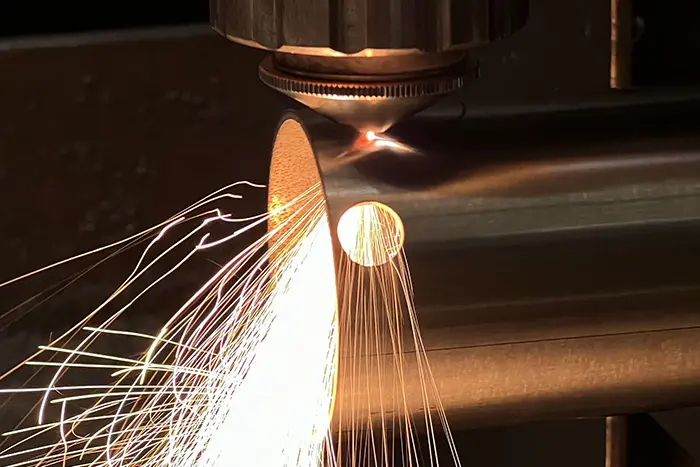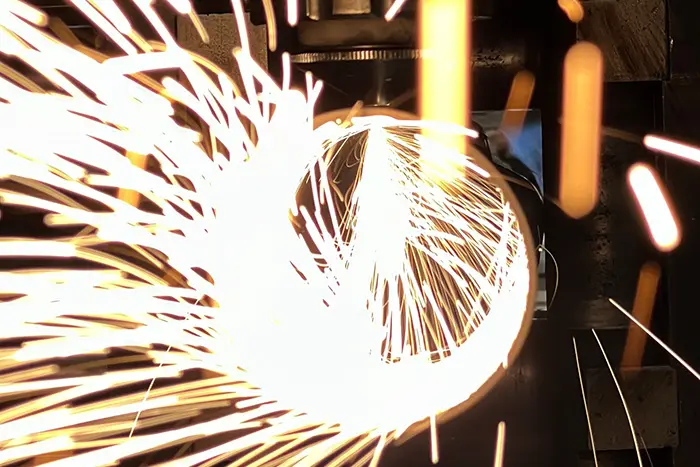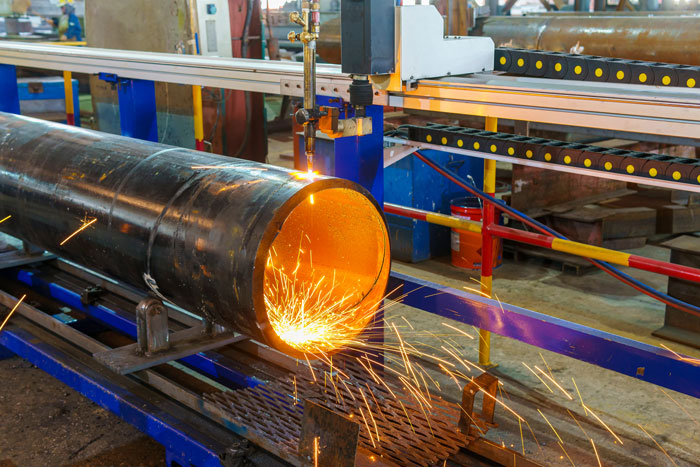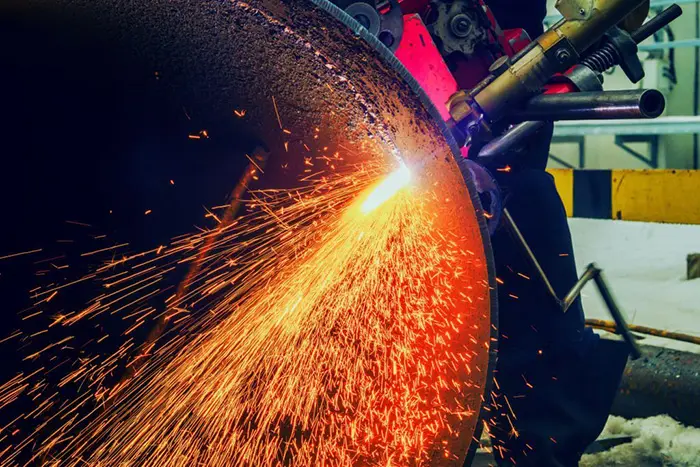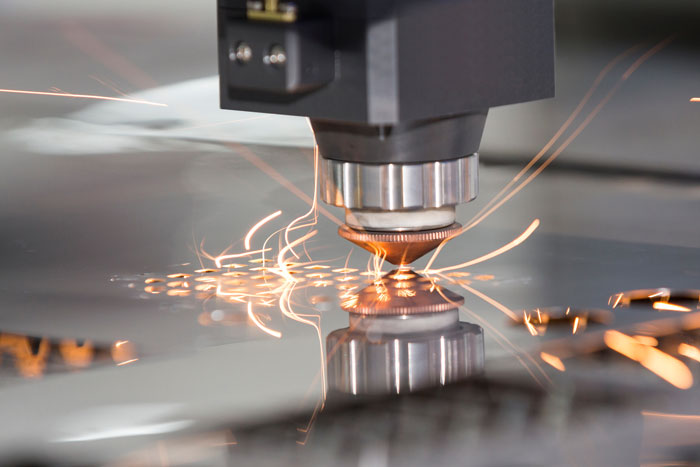Tube Bending in Furniture Design: Creating Custom and Innovative Pieces

When it comes to furniture design, tube bending is a versatile and essential process that allows designers to create custom and innovative pieces. By bending tubes into various shapes and configurations, furniture designers can achieve unique aesthetics, functional designs, and ergonomic forms. This article explores the use of tube bending in furniture design and the advantages it offers.
Creating Custom and Innovative Pieces
- Versatile Design Possibilities: Tube Bending in Furniture Design opens up a world of design possibilities in furniture making. With the ability to create curves, angles, and bends, designers, can achieve fluid and dynamic shapes that are difficult to achieve with traditional straight elements. From sleek and modern designs to retro-inspired aesthetics, tube bending offers flexibility in creating furniture pieces that stand out.
- Customization and Personalization: Tube bending allows for the customization and personalization of furniture. Designers can create unique pieces tailored to specific client preferences, space requirements, or branding needs. By bending tubes to precise specifications, furniture designers can craft one-of-a-kind pieces that reflect individual styles and create a distinct visual identity.
- Structural Integrity and Strength: Tube Bending in Furniture Design is not only about aesthetics but also about ensuring structural integrity and strength in furniture design. Bending tubes allows for the creation of sturdy and durable frames that can support weight and withstand daily use. The controlled bending process ensures that the tubes retain their strength while taking on the desired shape.
- Ergonomic and Comfortable Designs: Tube bending enables the creation of ergonomic and comfortable furniture designs. By bending tubes to fit the natural curves of the human body, designers can develop seating and support systems that provide optimal comfort. This is particularly important in the design of chairs, sofas, and other seating furniture where ergonomic considerations play a significant role.
- Lightweight and Space-Efficient: Tube Bending in Furniture Design offers the advantage of creating lightweight and space-efficient furniture pieces. The ability to bend tubes allows for the elimination of excess material, resulting in furniture that is lighter in weight without compromising strength. This is particularly beneficial in areas where space is limited, such as small apartments or commercial environments.
- Integration of Different Materials: Tube bending allows for the integration of different materials into furniture designs. For example, combining bent metal tubes with wooden or glass elements can create visually striking and unique furniture pieces. The fusion of materials adds texture, contrast, and visual interest to the overall design, enhancing the aesthetic appeal of the furniture.
- Sustainable Design: Tube Bending in Furniture Design supports sustainable design practices in furniture manufacturing. By using bending techniques, designers can minimize material waste, optimize material usage, and reduce energy consumption during production. Additionally, the lightweight nature of tube-bent furniture contributes to lower transportation costs and reduced carbon emissions.
- Collaborative Design Process: Tube bending in furniture design often involves collaboration between designers, engineers, and fabricators. The collaborative design process allows for the exchange of ideas, expertise, and technical knowledge to ensure that the tube bending specifications align with the overall design intent. This collaboration ensures that the final furniture piece meets both aesthetic and functional requirements.
- Cost-Effective Production: Tube Bending in Furniture Design can offer cost-effective production solutions in furniture design. The ability to bend tubes into complex shapes reduces the need for additional fabrication processes and components, resulting in streamlined production and cost savings. Additionally, the efficient use of materials in tube bending helps optimize material costs.
- Time Efficiency: Tube bending can significantly reduce production time in furniture manufacturing. Compared to traditional methods of shaping materials, such as cutting and welding, tube bending offers a faster and more efficient process. With the use of modern tube bending equipment and techniques, furniture designers can achieve precise bends and shapes in a shorter time frame, speeding up the overall production process.
- Maintenance and Repair: Tube-bent furniture pieces are often easier to maintain and repair compared to furniture made using other techniques. If any part of the furniture needs replacement or repair, the ability to replicate the original tube bending specifications ensures the seamless integration of new components. This makes maintenance and repair processes more efficient and cost-effective.
- Design Innovation: Tube Bending in Furniture Design in furniture design fosters innovation and pushes the boundaries of traditional design concepts. Designers can experiment with unconventional shapes, explore new aesthetics, and challenge design norms. By leveraging the possibilities offered by tube bending, furniture designers can create truly innovative and groundbreaking pieces that captivate the attention of both industry professionals and consumers.
- Inspiration from Nature: Tube Bending in Furniture Design allows designers to draw inspiration from natural forms and organic shapes. The ability to mimic flowing curves and fluid lines found in nature adds a sense of elegance and harmony to furniture designs. Whether it’s imitating the grace of a flower petal or the gentle curvature of a wave, tube bending provides a means to incorporate organic elements into furniture aesthetics.
- Showcasing Craftsmanship: Tube-bent furniture pieces often showcase the craftsmanship and skill of the fabricators involved. The precise and intricate bends require expertise and attention to detail. Furniture designs that incorporate tube bending techniques highlight the mastery of the fabrication process, elevating the overall quality and value of the finished product.
Tube Bending in Furniture Design

Tube Bending in Furniture Design is a powerful technique in furniture design that enables designers to create custom, innovative, and functional pieces. With its versatility, customization options, structural integrity, and ergonomic benefits, tube bending opens up a world of design possibilities in furniture manufacturing. By incorporating tube bending into their design processes, furniture designers can push the boundaries of creativity, delivering unique and visually stunning pieces that leave a lasting impression.

